The revolution has its roots in crofts and community halls, its leaders drawn from everyday folk including fishermen, cooks and posties.
Now their stories and others behind community buyouts across Scotland will be saved and used to inspire future local landowners.
This year marks 100 years since the Stornoway Trust became the country’s first community landowner.
Since then, over 500 communities in Scotland have taken ownership of land and buildings, including landmark buyouts in Eigg, Gigha and Knoydart.
To mark the milestone Community Land Scotland (CLS) has received £215,510 from The National Lottery Heritage Fund to tell the history of community ownership.
Movement growing momentum in urban areas
The project, which has also received Scottish Government backing, will gather histories and archives from community landowners to share with the wider public.
Events will also include a series of Simon Fraser Memorial Lectures in memory of the late Lewis-based solicitor who was instrumental in helping drive many buyouts.
The movement is strongest in the Highlands and Islands where it is seen as a way of helping reverse depopulation by creating jobs and developing affordable housing.
A total of 72% of community-owned land in Scotland is in the Na h-Eileanan Siar constituency.
But there is growing momentum in towns and cities and 20% of all community-owned assets are now urban.
The growth was marked during Community Land Week which ended on October 29.
Caroline Clark, The National Lottery Heritage Fund director for Scotland, said: “The story of community ownership is a story of people.
“Scotland can say with some pride that, from the early pioneers of the Stornoway Trust to more than 500 community ownership success stories today, it has taken a lead.
“This 100th anniversary year is the perfect opportunity to ensure we capture and preserve the stories of the ordinary people who brought about extraordinary changes to ownership of the land and buildings their communities most valued.”
Community stories to be shared on new website
CLS will train community landowners to collect oral histories and archive their records which will then be shared on a new website.
It will also work with the National Library of Scotland, National Museums of Scotland and local archiving organisations to collect and preserve the accounts.
In early 2024, communities in six ‘cold spots’, areas with low levels of community landownership, can attend events to learn more about the benefits of owning land and buildings.
Linsay Chalmers, CLS development manager, said every community buyout is an epic journey in its own right.
“Volunteers, driven by a desire to create a better place for future generations, put endless hours into making a success of their buyouts.
“But they rarely realise how important their own journey is to Scotland’s wider story.
“We know that documents relating to the buyout can get shredded and key people leave communities.
“So this project provides a unique opportunity to gather and share stories before they are lost.”
Lectures in memory of buyouts legal expert
The Simon Fraser lectures in 2024 will discuss what can be learned from community landowners’ history.
Mr Fraser, who died in 2016, became one of the most important figures in Scottish land reform.
He helped the pioneering Assynt crofters take over their land in 1992 and later his expertise proved invaluable in other high-profile community buyouts in Eigg, Gigha, South Uist and Galson Estate.
Under the 100 years of Community Ownership project, the stories gathered will be taken on a tour of Scotland in summer 2024. This is in partnership with the Travelling Gallery, Scotland’s contemporary art gallery in a bus.
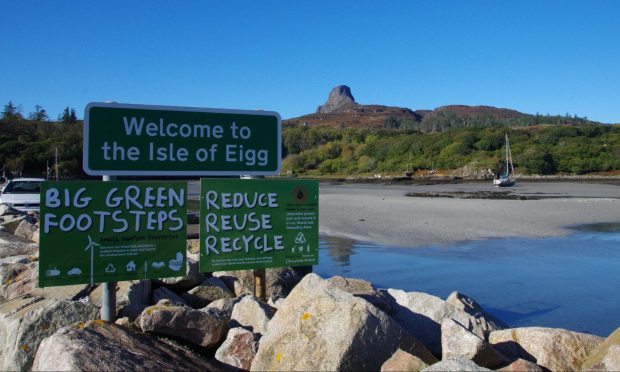
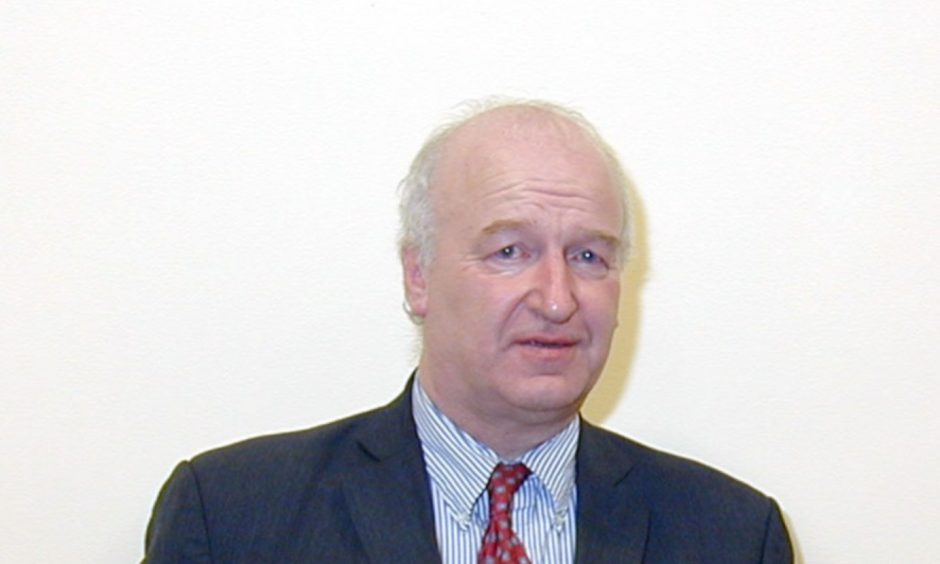
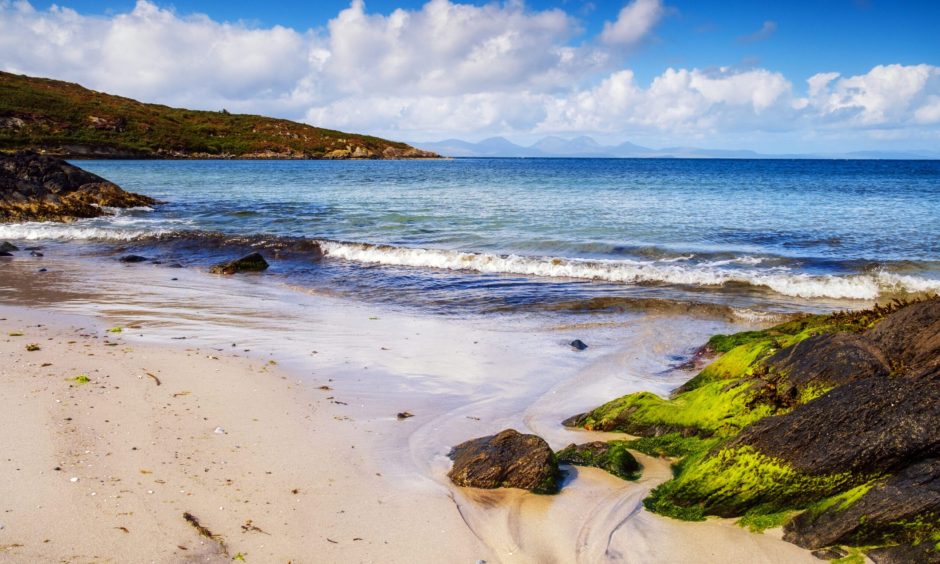
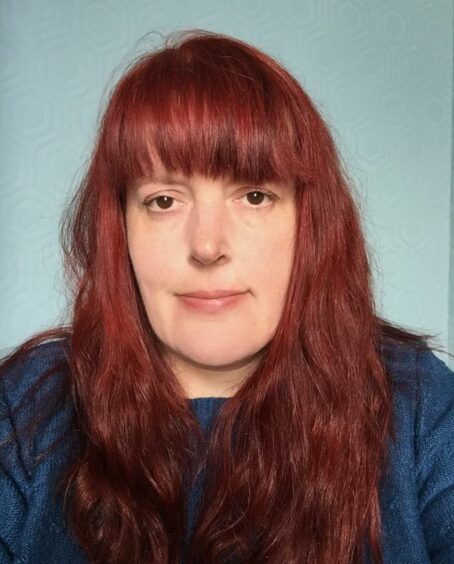

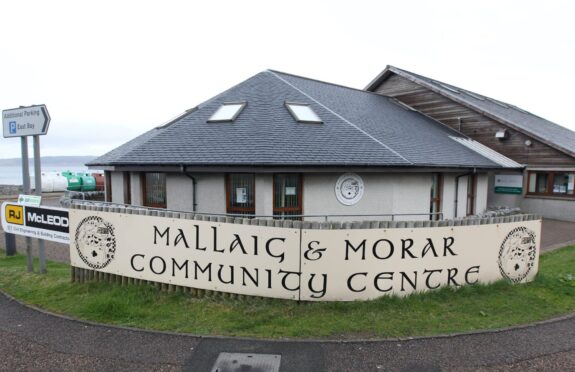
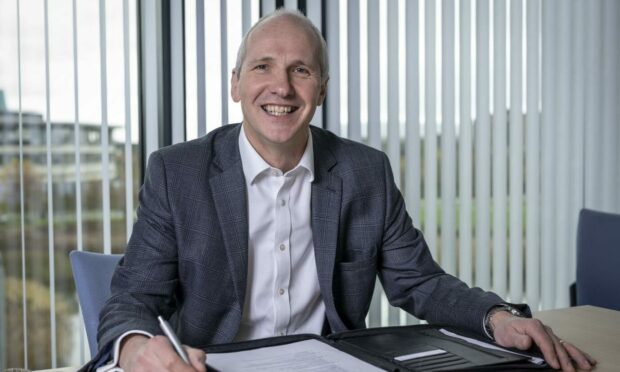
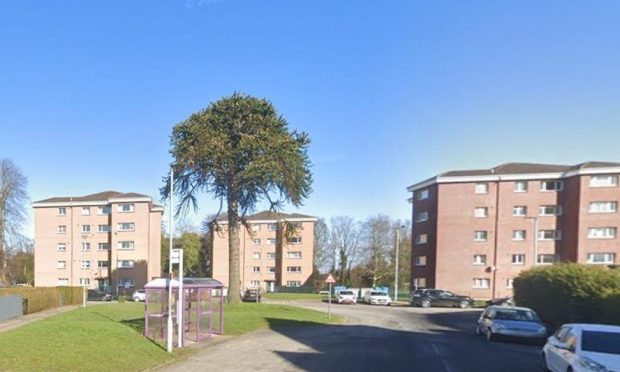
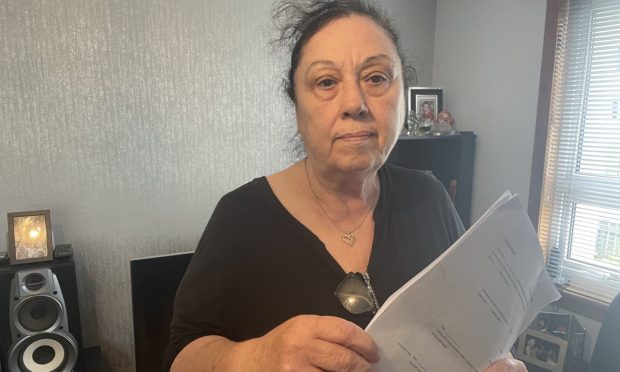


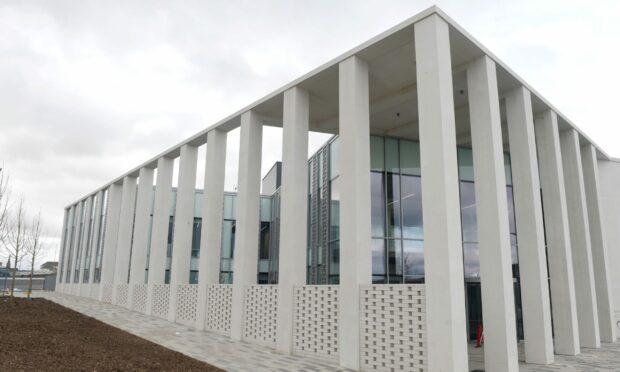
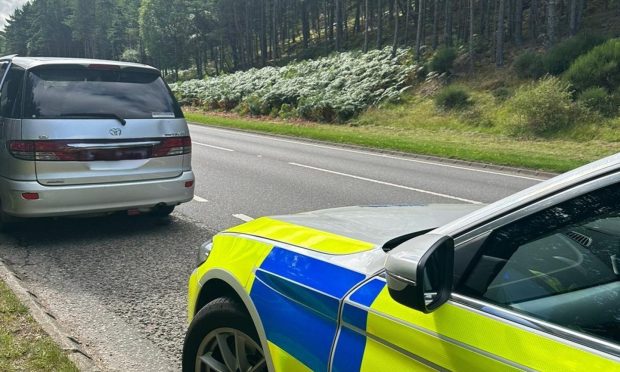
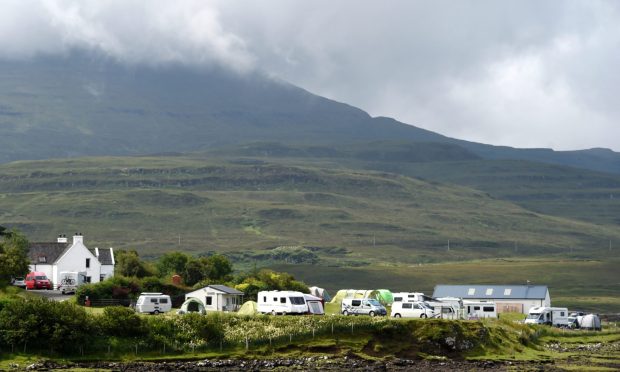
Conversation